If you love “trains” and have at least some interest in railroad history as I do … you likely know everything I’m about to write here. However, if not and you have an interest in learning, read on for a brief overview and, down at the end, I’ll guide you to where there’s a great amount of detail of this interesting subject.
First of all, BNSF stands for Burlington Northern Santa Fe, which came into being in 1996 when its two immediate predecessors merged and, since 2010 has been a wholly owned subsidiary of Warren Buffett’s huge conglomerate, Berkshire Hathaway. It is North America’s largest freight railroad, with 32,500 miles of track reaching into 28 states.
Now, a little of the history of the railroads which brought us to the two rail systems, which were already giants in their own rights, the Santa Fe and Burlington Northern. In the world of railroading, they are known as “fallen flags … railroads which had a long history and were vibrant and valuable assets in the region or portion of the country which they served, most known as much for their passenger trains as for hauling freight.
What I’ll display here, as done previously for CSX and Conrail … whether simply called emblems … appearing on the uniforms of their employer … or the railroad’s crest … they are the artistic design that instantly identifies the company.
Since the Santa Fe has always been the “Santa Fe” — except that it wasn’t — let’s look at it first. Incorporated by Cyrus K. Holliday in 1860 as the Atchison & Topeka Railroad, for the purpose of linking the town of Topeka with the Missouri River, it was 1869 before the railroad had its first seven miles of track… and those tracks headed southwest, not northeast toward Atchison. A couple of side notes: Even though it would be years before any construction began, Colonel Holliday wanted the world to see that he had bigger dreams, so in 1863 added “Santa Fe” to the railroad’s name … and it wasn’t long before his endeavor became known by the shortened name, “Santa Fe.” And, even though it would face financial challenges along the way, by 1897, the ATSF tracks reached from Chicago to the Pacific Ocean … and continued to be known by that name as one of the nation’s major railroads until the 1996 merger.
The oldest of the lines coming up from the Burlington Northern side is the Northern Pacific, which began building west from Duluth, Minnesota, in 1870. By 1883, tracks had reached across five states to Wallula Junction, Washington, just east of Pasco-Kennewick area. Not long afterward, it began building a line through the Cascade Mountains to reach Tacoma.
Meanwhile, in 1878, a gentleman known as “The Empire Builder,” James J. Hill began piecing together a rail line which by 1893 stretched from St. Paul, Minnesota, to Seattle. While Northern Pacific traversed a route along the southern boundaries of North Dakota, Montana and Washington, the Great Northern hugged the Canadian border much of the way, although both went through Spokane.
The “Burlington Route” had its beginnings in 1848 and within 15 years had grown to 400 miles of track connecting Chicago with Burlington, Iowa and Quincy, Illinois. Hence, it took on the name of the Chicago, Burlington & Quincy Railroad. Through the years following, more than 200 railroads merged into the CB&Q. Over this time, the CB&Q became known as a pacesetter in utilizing technological developments and concepts to improve the passenger experience and safety.
Major action involving all three of the above railroads came in 1901. First, to insure that they had control of a route from St. Paul to Chicago and a connection to the eastern lines, they jointly purchased most of the CB&Q stock. Shortly thereafter, the Northern Pacific came under the ownership of Great Northern’s James Hill. Then, Hill and financial tycoon J. P. Morgan established a holding company to own the two lines, which also would control the CB&Q due to their joint ownership control of the Burlington’s vast network of track. The consolidation was quickly quashed by order of the U. S. Supreme Court. Another attempt was made in 1927, but would not be approved without divesting their interest in the CB&Q … which they would not do.
In 1905, in order to better compete with the growing Union Pacific system in the west, James Hill organized and began construction of the Spokane, Portland & Seattle’s route from Spokane to Portland, to be owned and operated by his two railroads. Although originally named the Portland and Seattle Railway, I can find no indication that the SP&S ever had trackage that ran to Seattle.
As for the merger, James Hill’s son Louis revived the petition in 1927 … and again the Interstate Commerce Commission rejected the plan … unless the Burlington Route was sold. Not to be deterred, Louis again went forward with the proposed merger in 1956, this time including the SP&S. This time it was not rejected, but did not receive government approval until 1970, with the new conglomerate being named Burlington Northern!
The one piece still missing from the final Burlington Northern puzzle was the Frisco — the St. Louis & San Francisco Railway … although the farthest west it would ever go is western Texas. While it had begun merger talks with various lines in 1964, it was still profitable and in no rush to give up its independence. Finally, after extended talks, it became a part of the Burlington Northern system … giving BN access to Memphis and as far to the southeast as Pensacola.
There’s so much more to know about the history of these individual railroads, which include the hundreds of small rail lines that pioneered rail transportation in our nation, as well as the current day BNSF. The railroad itself offers The History of BNSF: A Legacy of the 21st Century! And, recently, Trains magazine has been publishing extensive articles on each of the early transcontinental railroads.
I invite you to stop back next week so see where Marlin’s head has wandered. Or, so you don’t miss whatever appears … simply sign up for automatic notification when the next Musings is posted. It’ll include a brief synopsis of the subject matter … so if it’s not of interest, it’s only one Delete click away. Thanks for reading.
Image Credits: BNSF Railway Locomotive image courtesy of BNSF Railway
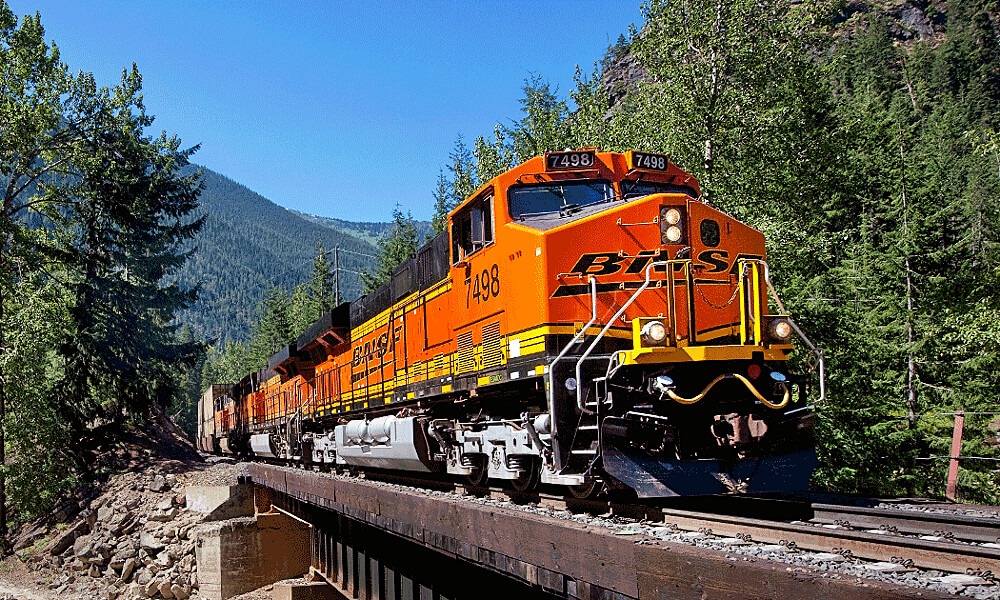

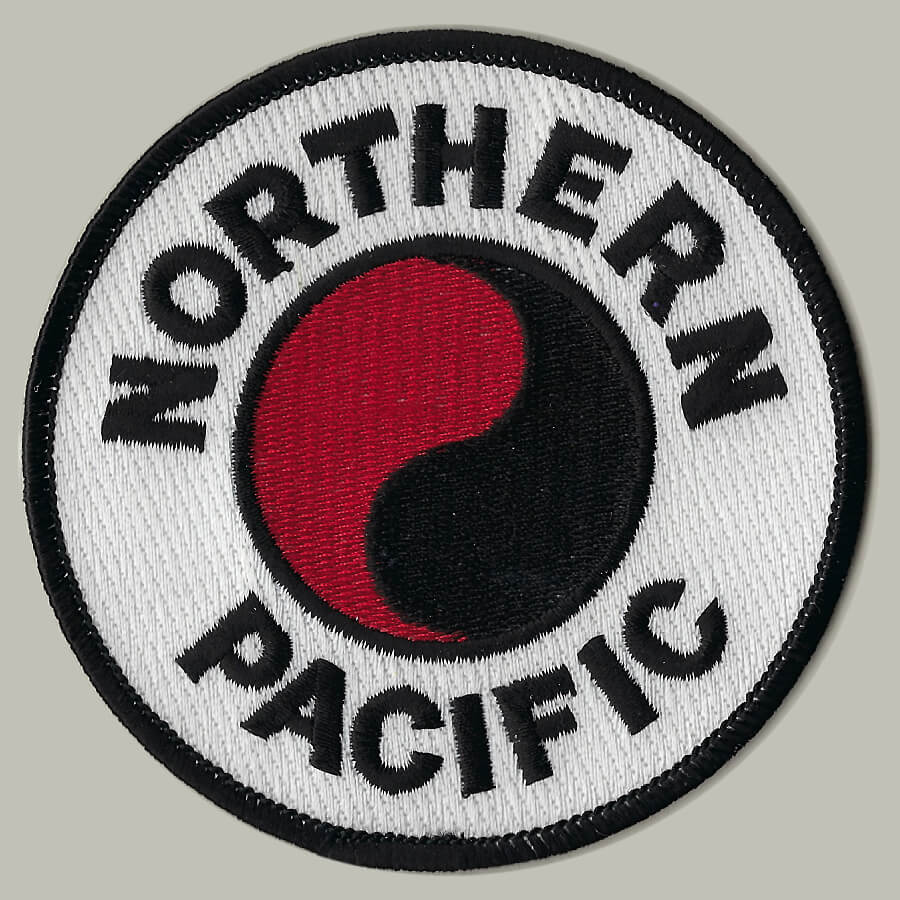
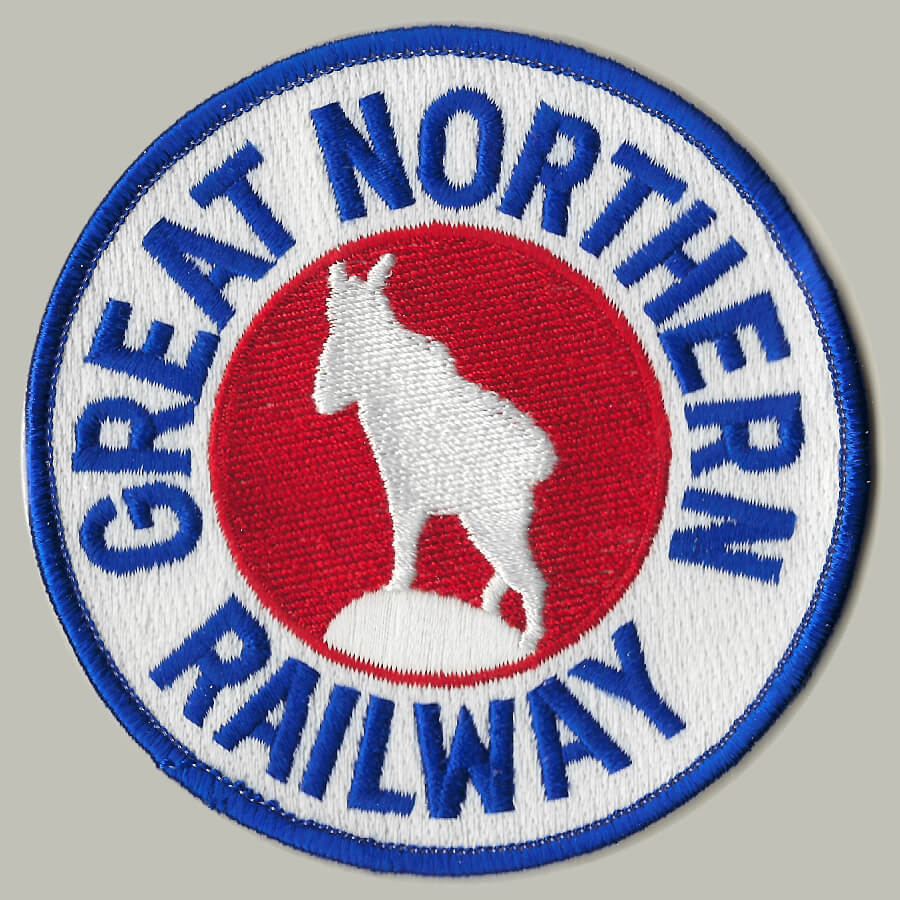
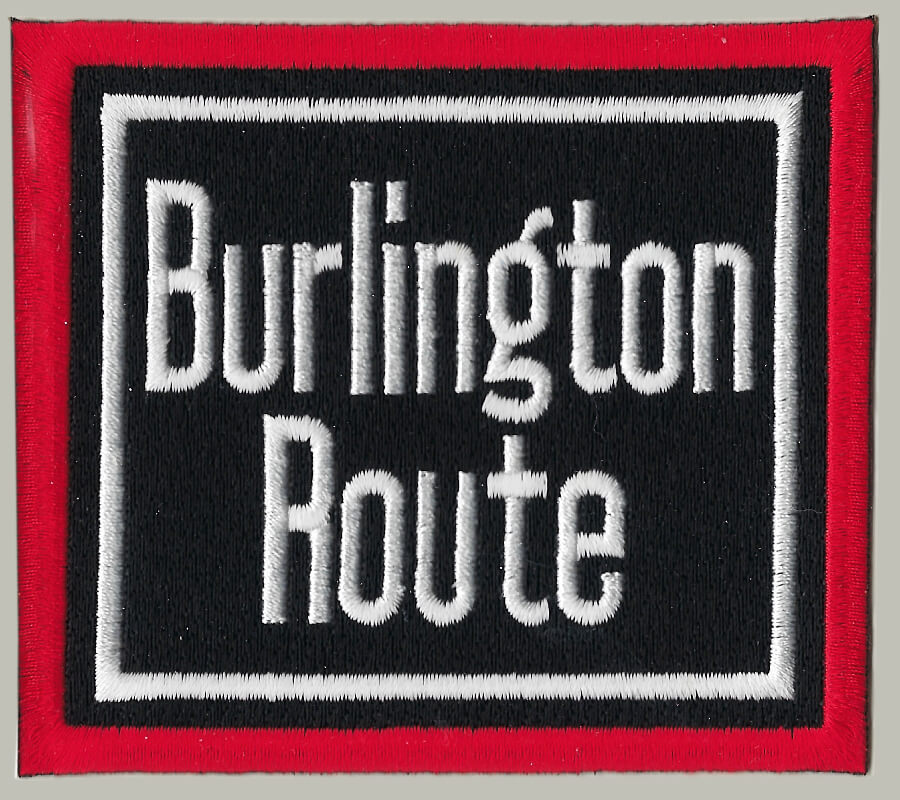
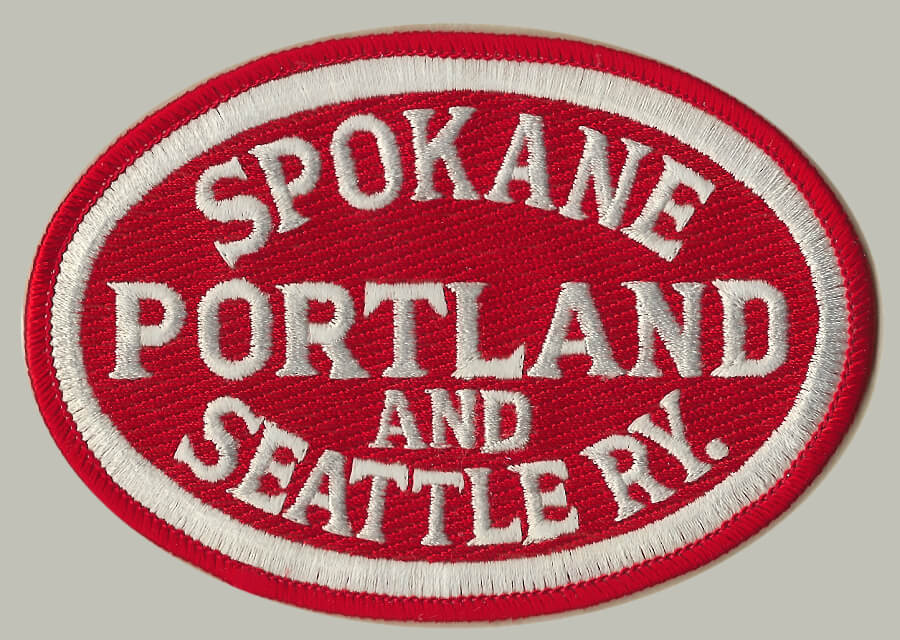
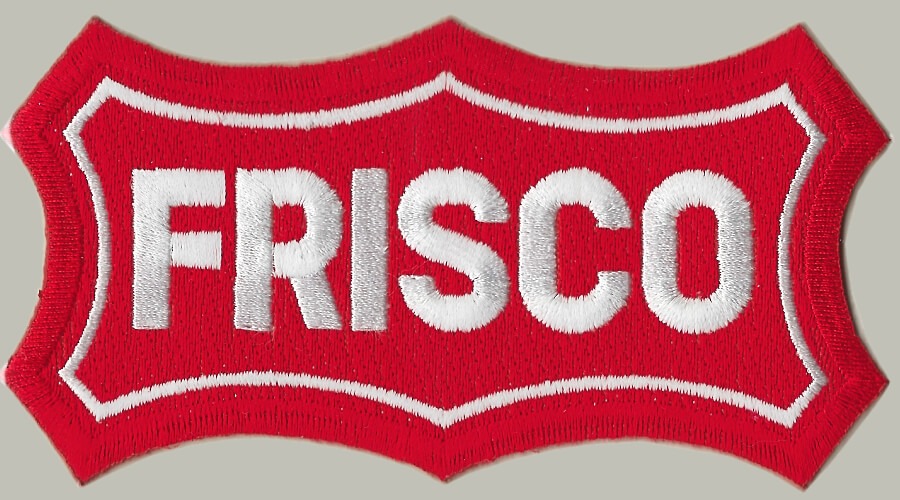
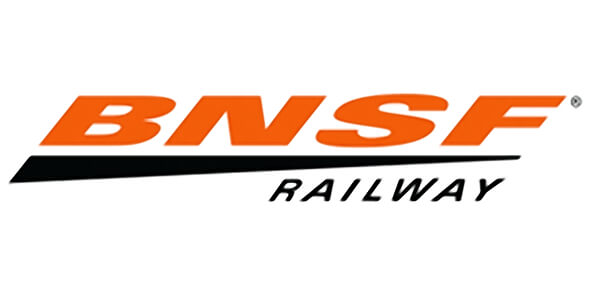

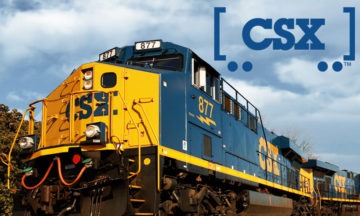
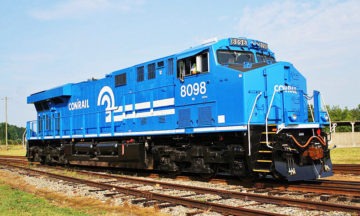
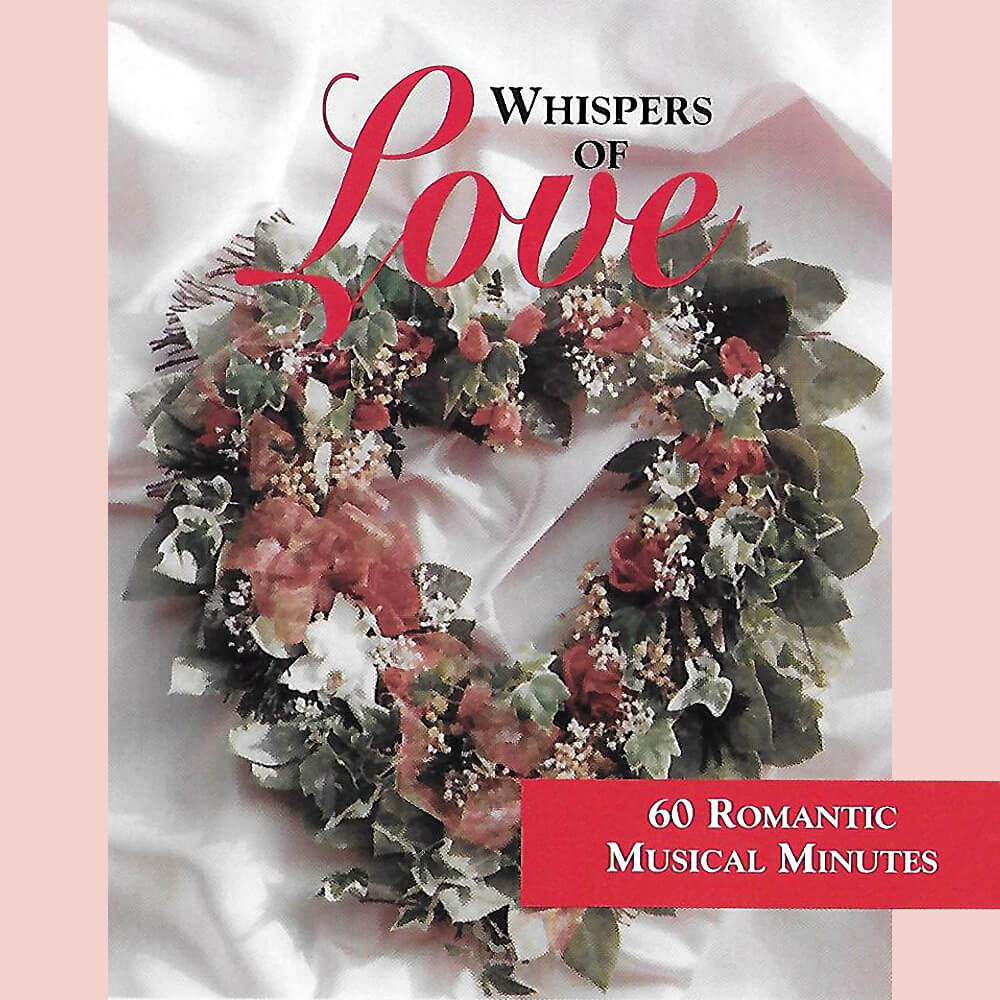
Do you have a historical department that I might talk to? I am interested in family that worked for AT&SF.any help would be appreciated.
William, there’s not much help I can offer … other than point you elsewhere.
You might reach out to the Kansas Historical Society (kshs.org), which claims to have a huge collection of AT&SF business documents going back to the railroad’s origins in 1860 and up through 1995.
Good luck!